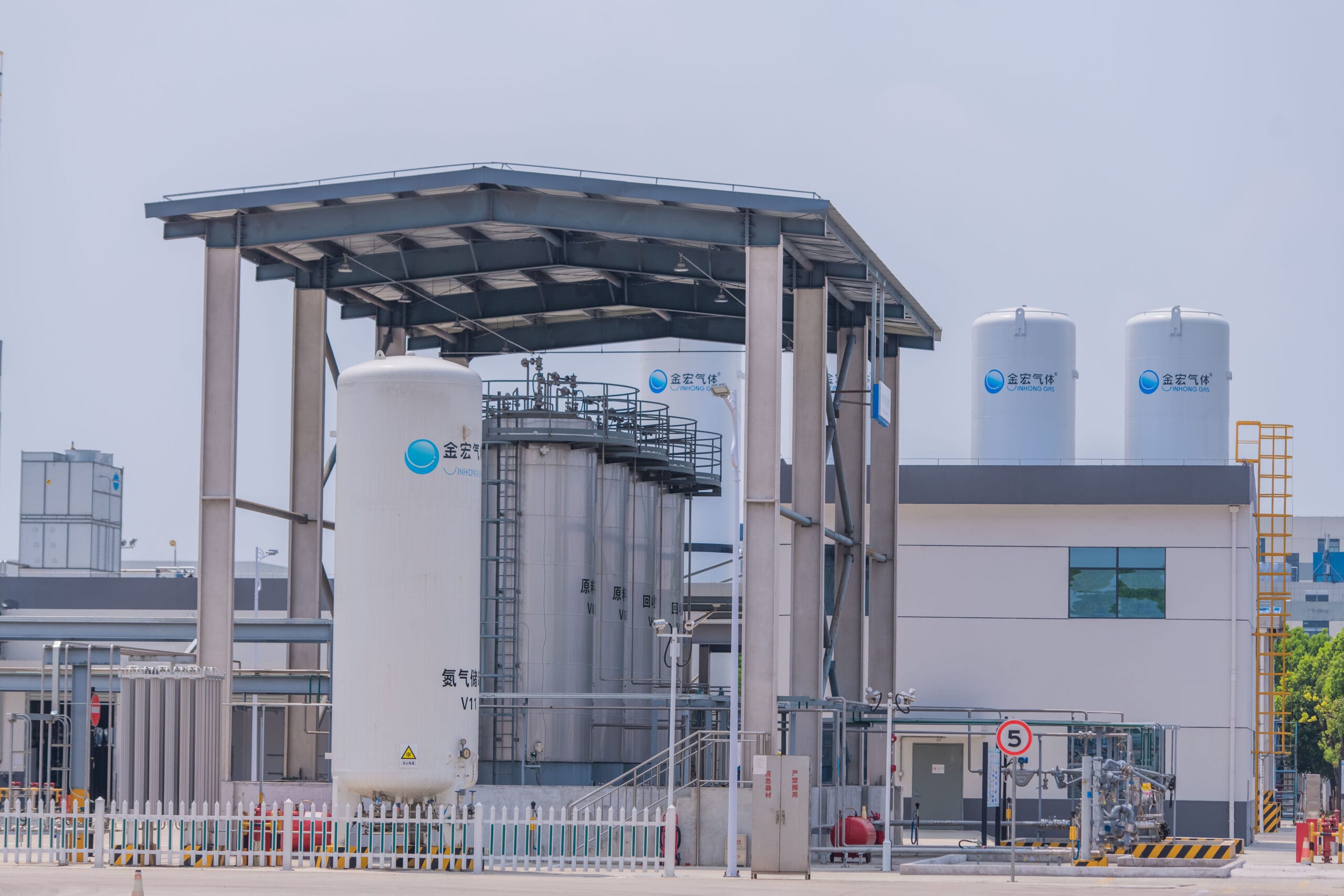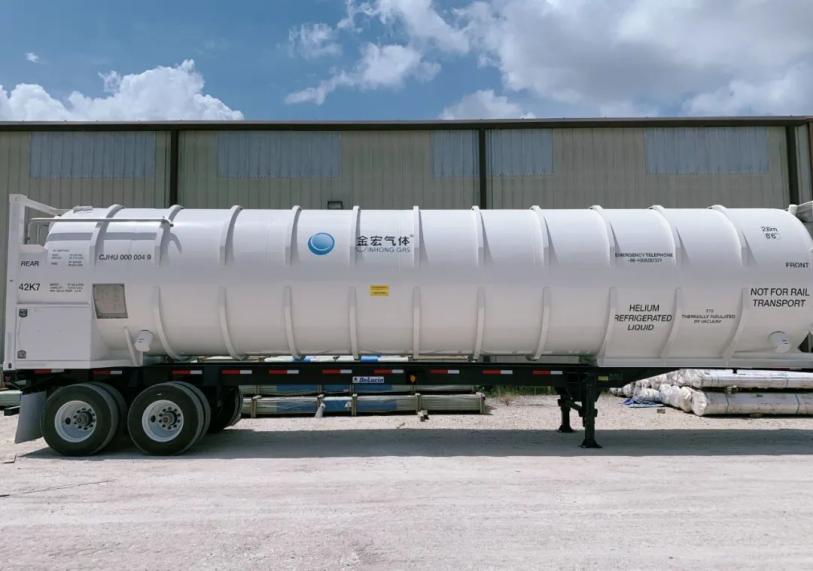What is Argon Filling?What is ArgWhat is Argon Filling?
Argon filling refers to the process of sealing argon gas between the panes of double-glazed windows. Argon, a colorless, odorless, and non-toxic gas, is commonly used for insulation purposes because it is denser than air, which helps reduce heat transfer and improves the energy efficiency of windows.
In simple terms, argon-filled windows trap the gas between two panes of glass, preventing heat from escaping during the winter and keeping your space cooler during the summer. This makes argon-filled windows an excellent choice for anyone looking to enhance their home’s thermal performance.
Gases for GTA Welding of Steels
Argon is the most widely used gas for GTAW (Gas Tungsten Arc Welding). However, mixtures of argon with up to 5% hydrogen are commonly used, especially for austenitic stainless steels, where increased speed, improved profile, and better process tolerance are needed. On the other hand, hydrogen additions are not suitable for ferritic steels, which can experience hydrogen-induced cold cracking.
Benefits of Argon Filling for Windows
- Energy Efficiency
Homeowners primarily choose argon-filled windows for the significant energy savings they provide. By minimizing heat transfer, argon gas helps maintain consistent indoor temperatures and reduces the need for heating and cooling systems. - Improved Comfort
With argon filling, your home will feel more comfortable throughout the year. The gas maintains a stable interior climate, reducing drafts and cold spots that can occur with standard single-glazed windows. - Enhanced Soundproofing
Argon gas also reduces sound transmission between the outside and inside of your home. This additional layer of insulation makes argon-filled windows an ideal solution for minimizing noise pollution. - Longer Lifespan of Windows
Argon-filled windows are less likely to develop condensation between the panes, a common issue that can cause damage over time. Without moisture buildup, your windows last longer and remain in better condition. - Environmentally Friendly
Argon-filled windows can reduce your carbon footprint by improving your home’s energy efficiency. Lower heating and cooling demands mean fewer greenhouse gas emissions, making your home more sustainable.
How Argon Gas Filling Works in Windows
The process of argon gas filling in windows is straightforward. During manufacturing, a machine fills the gap between two panes of glass with argon gas. The gas remains sealed within the window frame, ensuring no leakage over time. As a result, the window provides highly effective insulation that helps control the indoor environment.
Are Argon-Filled Windows Worth the Investment?
Investing in argon-filled windows is a smart decision for many homeowners. Although the initial cost may be higher than regular windows, the long-term savings on energy bills typically make up for the difference. Furthermore, with a lifespan of up to 20 years or more, the benefits of argon-filled windows far outweigh the initial cost.
If you’re upgrading an older home or building a new one, argon-filled windows are worth considering for their energy efficiency, durability, and comfort.
Conclusion: Why Choose Argon-Filled Windows for Your Home?
Argon-filled windows offer a worthwhile investment in energy efficiency, comfort, and environmental sustainability. By reducing energy loss, improving soundproofing, and extending the lifespan of your windows, argon filling enhances your living space while reducing energy costs.
If you’re thinking about replacing your windows, ask about argon filling and how it can benefit your home. Whether you’re upgrading for comfort or energy savings, argon-filled windows will help keep your home insulated, quiet, and comfortable.
Need Help with Your Application?
Need help determining the right quantity for your application? Complete the form and tap into our expertise for any standard or custom application, including innovative gas equipment and technologies designed to help you safely deliver your gas to the point of use, wherever you are.



